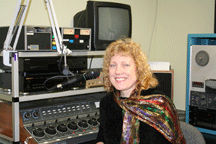Ukrainian Jewish Heritage: Tu Bishvat
On January 16th, 2014 Jews in Ukraine and around the world will observe Tu Bishvat …traditionally known as the new year of the trees. According to the tradition of the Hasidim, on Tu Bishvat the Almighty decides the fate of trees and their fruits in the upcoming year’s harvest. As on all Jewish holidays and […]



